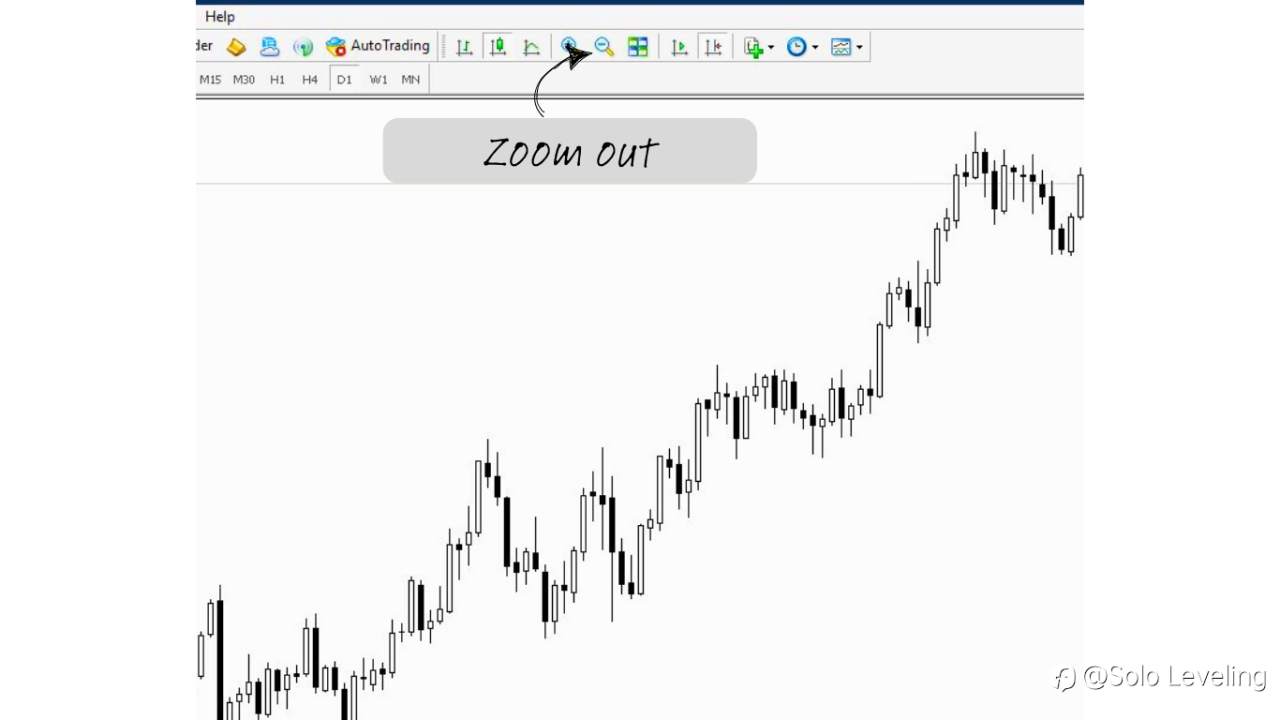Simple Forex Market Analysis Guide
Analysis is a common topic in forex trading. You can easily find numerous analysis results shared by traders on various platforms. Since conducting analysis is fundamentally easy, it's not surprising that many traders share it for free.
However, beginners see it differently. From a novice's perspective, analysis appears difficult yet cool. Many beginners become enthusiastic about learning analysis because they want to be able to do it and present it on various platforms like the traders they've seen.
Unfortunately, finding guidelines for analysis isn't easy. So far, even if you read books on technical analysis, they only tell you about popular technical analysis theories. But there's no step-by-step guide in them to help you perform analysis.
In the end, beginners often learn how to analyze through repeated trial and error, gathering bits of knowledge from different individuals until they can finally analyze in a good and structured way.
Step-by-Step Market Analysis
If you're also a beginner and confused about how the analysis process should be done, you can follow this analysis guide:
1. Identify Market Conditions
Look at the big picture of the market. Is the market in a trend or in a sideways condition?
If you're using MetaTrader 4, you can zoom out by pressing the (-) button on the toolbar above the chart.

After that, you'll see a broader perspective of the price chart. And can more easily identify what's happening in the market you're observing.
To identify whether the market is trending or not, you can use theories about market cycles, such as Dow Theory, Elliott Wave, and so on.

But if you don't master these, you can use shortcuts by applying trend indicators like moving averages, Bollinger Bands, Ichimoku, and so forth.
Ideally, using these indicators will make it much easier for you to see market conditions without having to understand complex theories.
2. Assess Potential Price Movements
After you know the current market condition, you can predict where the price will move next.
At this stage, you can refer to the theories you used earlier to identify the market.
For example, if according to Dow Theory, the market is currently in a bullish trend and in the public participation phase, it means there's still one more bullish phase to come, which is the excess phase.
So, the potential price movement in the market you're observing is bullish.
Meanwhile, if you previously used technical indicators to identify market conditions, you can use the general trend structure to see how the market potential is in the future.
For instance, if your identification shows that the market is in a bullish trend, but at the stage of impulsive movement, then the future potential is that the market will form a corrective movement.
This means the potential price movement in the market you're observing is bearish with a short range.
3. Determine Boundaries
After the potential price movement is determined, the next step is to determine price boundaries.
These boundaries are levels where bullish or bearish price movements are likely to stop, either to make a correction, end a correction, or even reverse.
These boundaries are quite important to see whether trading opportunities that arise later have targets that are still within the range of price movements that might be achieved or to see whether trading signals appear at the right level or not. This can minimize false signals that could cause you to incur losses.
4. Wait for Trading Opportunities
After you've successfully completed these three stages, next you need to wait for trading signals to appear. At this stage, you need to monitor the market periodically so you don't miss any trading opportunities that arise. However, there are always two scenarios at this stage: you find a trading opportunity and make a trade, or you don't find a trading opportunity until the end.
Example:
In the previous situation, you identified that the market is in a bullish trend condition and is in the correction stage. Let's say your trading method is using the engulfing candlestick pattern.

This means in this context you will take a Buy position if a bullish engulfing pattern appears. As an indication that the price correction has ended, and the price will return to make a bullish impulsive movement.
While you're waiting, it's very possible that the pattern that appears at the end of the correction is not a bullish engulfing. Rather, it could be other reversal candlestick patterns. Well, in a situation like this, it means that trading opportunities are not available to you. So, you shouldn't force yourself to trade. You can only trade if at the end of the correction, the price makes a bullish engulfing pattern.
***
Although this guide can help you to perform analysis, before following the guide, you need to equip yourself first with knowledge about common analysis theories, such as trend analysis, certain patterns, technical indicators, and so on. This is because the guide basically only helps you to sequence the process you need to do, implementing your knowledge about technical analysis theories and other things when conducting analysis. #OPINIONLEADER#
Disclaimer: The content above represents only the views of the author or guest. It does not represent any views or positions of FOLLOWME and does not mean that FOLLOWME agrees with its statement or description, nor does it constitute any investment advice. For all actions taken by visitors based on information provided by the FOLLOWME community, the community does not assume any form of liability unless otherwise expressly promised in writing.
FOLLOWME Trading Community Website: https://www.followme.com


Hot
-THE END-